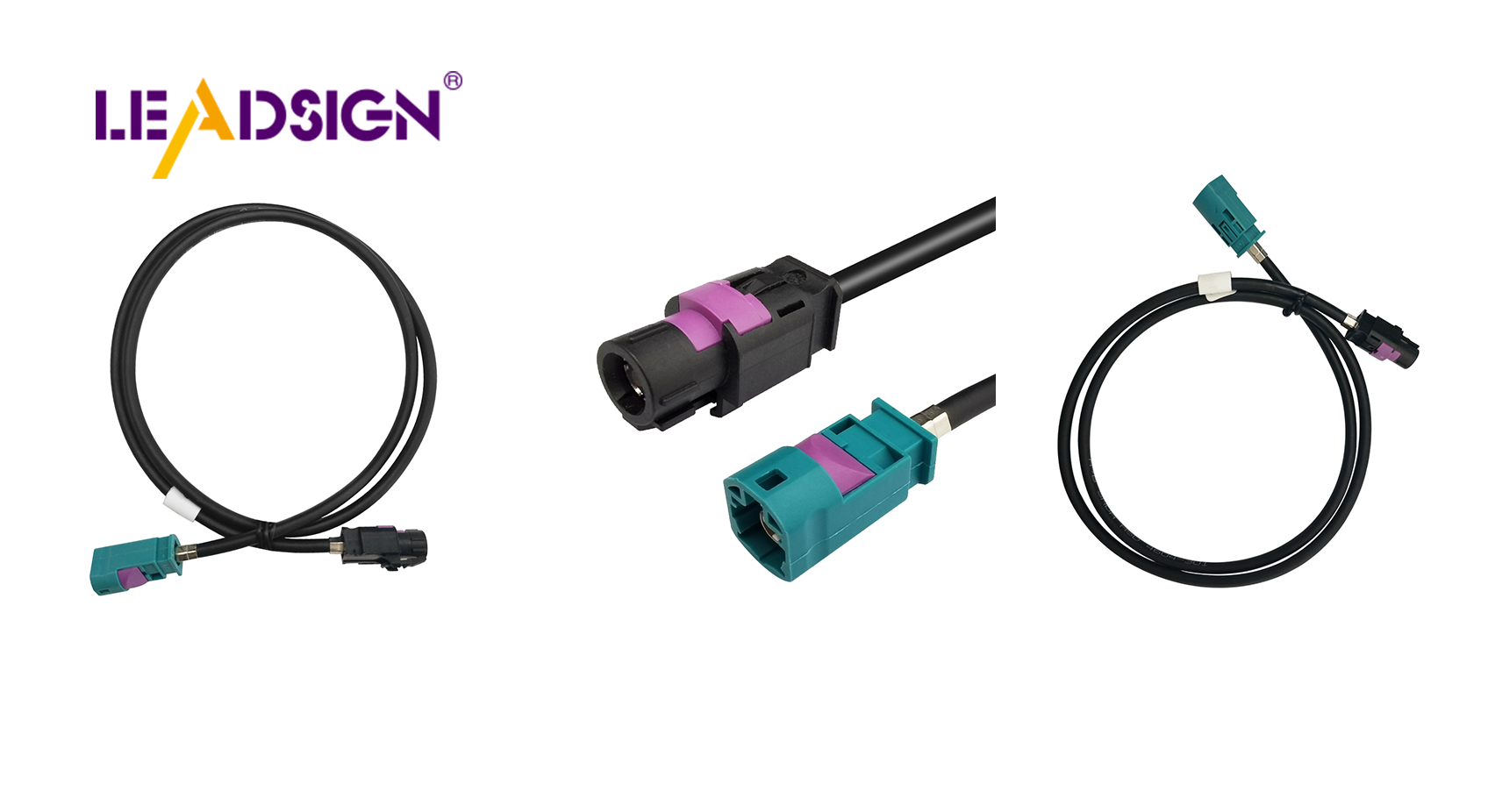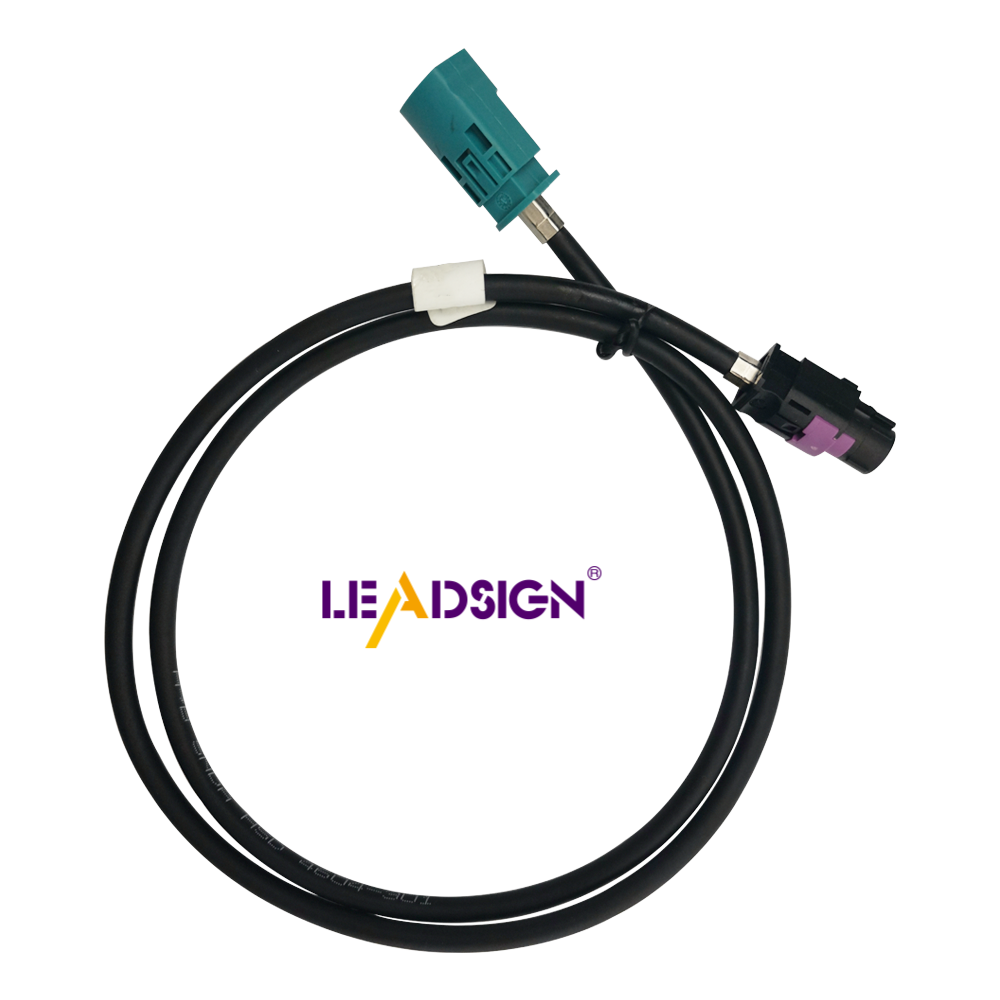Understanding Automotive Wiring Connector Types

Automotive electrical connectors types are very important in today's cars. They play a crucial role in ensuring all car systems function properly and safely. These connectors enhance the reliability of cars by maintaining connections between various parts. Understanding the different types of automotive electrical connectors is essential for repairing and maintaining cars. Each type of connector serves a specific purpose, and selecting the appropriate one is vital for the optimal performance and safety of a car. By recognizing the significance of these connectors, individuals can appreciate how they contribute to the efficient operation of vehicles.
Overview of Automotive Electrical connectors types

Definition and Function
What are wiring connectors?
Wiring connectors are key parts in car systems. They connect different electrical circuits, helping parts of a car talk to each other. These connectors move electrical signals, which is important for things like lights, engine control, and music systems. By keeping connections safe, they protect the car's electric system.
Why are they essential in vehicles?
Automotive electrical connectors types are crucial for cars to work well. They make sure signals go where needed without stopping. This is important for the safety and working of today's cars. Connectors also make it easy to put together and take apart parts, making fixing things simpler. Without them, car wiring would be more complicated, causing problems and costing more to fix. automotive electrical connectors
Common Materials Used
Plastic connectors
Plastic connectors are common in cars because they are light and cheap. They stop electricity from leaking out by insulating well. Made from strong plastics, they handle tough conditions like heat and wetness. Their design makes them easy to put in or take out, so many people use them in cars.
Metal connectors
Metal connectors use materials like copper or brass for good conductivity and no rusting. These are needed when strong connections matter most. OEM Automotive Connectors often have metal parts because they last long against shaking or temperature changes. Using metal helps car systems work better by moving signals well between different parts.
Blade Connectors
Features and uses
Blade connectors are flat metal pieces. They fit into slots. Cars use them to connect wires to parts like fuses. You can easily put them in or take them out. This makes them good for things you unplug often.
Good and bad points
Blade connectors are strong and simple to use. That's why cars like them. But they might get loose if there's a lot of shaking. This is a problem for important car parts.
Pin Connectors
Features and uses
Pin connectors have pins that go into sockets. They're used when many connections are needed, like in engines. They help with tricky wiring, so they're handy in cars.
Good and bad points
Pin connectors make strong links and handle lots of wires well. This is great for cars with many gadgets. But they can be hard to set up right, needing careful matching.
Butt Connectors
Features and uses
Butt connectors join two wires straight together. They're used in fixing or adding car wires easily. People like them because they're simple to use.
Good and bad points
Butt connectors are easy to work with quickly using few tools. But once joined, they stay put because of crimping or heating, which isn't good if you need to undo later.
Ring and Spade Connectors
Features and Uses
Ring and spade connectors are special because of their shape. They have a ring or fork end that fits on bolts. This makes them stay put. Cars use them when a strong connection is needed.
Ring connectors: These have a round end for bolts. They help ground wires and connect to battery ends. Their shape keeps them tight, even if the car shakes.
Spade connectors: These have a split end to slide under screws. They're easy to put in or take out, good for parts you unplug often like fuse boxes.
Good and Bad Points
Ring and spade connectors are liked for many reasons.
Good Points:
Strong Hold: Both types keep wires connected well, even if moved.
Easy Use: Spade ones are simple to add or remove, great for fixes.
Many Uses: They work in lots of car parts, from grounding to wiring.
Bad Points:
Hard to Remove: Ring ones need tools to take off, which takes time.
Rust Risk: Like other types, they can rust if not covered well.
Picking the Right Connector
Choosing the right Choosing the right automotive electrical connectors types is key for car safety and performance. This part gives tips on what to think about and mistakes to avoid when picking connectors.
Things to Think About
Electrical Needs
Knowing electrical needs is important when choosing automotive electrical connectors types. Each connector must handle the car's voltage and current levels. For high-power parts, like engines, use materials that take more electricity. Splice connectors come in different kinds for various wires and crimping needs. Matching the connector to the electric specs stops overheating and problems.
Weather Conditions
Weather affects which automotive electrical connectors types you should pick. Cars face tough weather, with moisture, dust, and temperature changes. Sealed connectors keep these out, good for under-the-hood spots. Connectors made from rust-free metals last longer too. Checking weather helps pick connectors that work well over time.
Mistakes to Avoid
Wrong Size
A common mistake is picking the wrong size of automotive electrical connectors types. Connectors need to fit wires just right for a strong link. Too big can be loose; too small can harm wires. Use tools like calipers to measure wire size right. Correct sizing makes signals move well and cuts down on electric troubles.
Bad Material Match
Another error is using bad material matches with automotive electrical connectors types. Different connectors need certain materials to work best. For example, spade terminals have a metal piece shaped like a spade for easy use without screws. Wrong materials can cause rust or weak links. Always check if materials match your car's wiring system to avoid issues. Right materials make connectors last longer and work better.
By thinking about these points and avoiding mistakes, people can choose the best essential wire connector types for their cars, making sure connections are safe and systems run smoothly.
Knowing car wiring connector types is important for car safety. These connectors help electric signals move between parts, making things work well. Picking the right connector is key for strong links, especially in tough places. Good connectors last long and resist weather, lowering failure chances. By choosing the right ones, people can make their car's electric system last longer and work better, stopping bad connections or shorts. Focusing on good quality and fit makes cars run safer and better.
See Also
Exploring HSD Connectors in the Auto Sector
Significance of Fakra Connectors in Contemporary Cars
Navigating Ford Fakra Connectors

